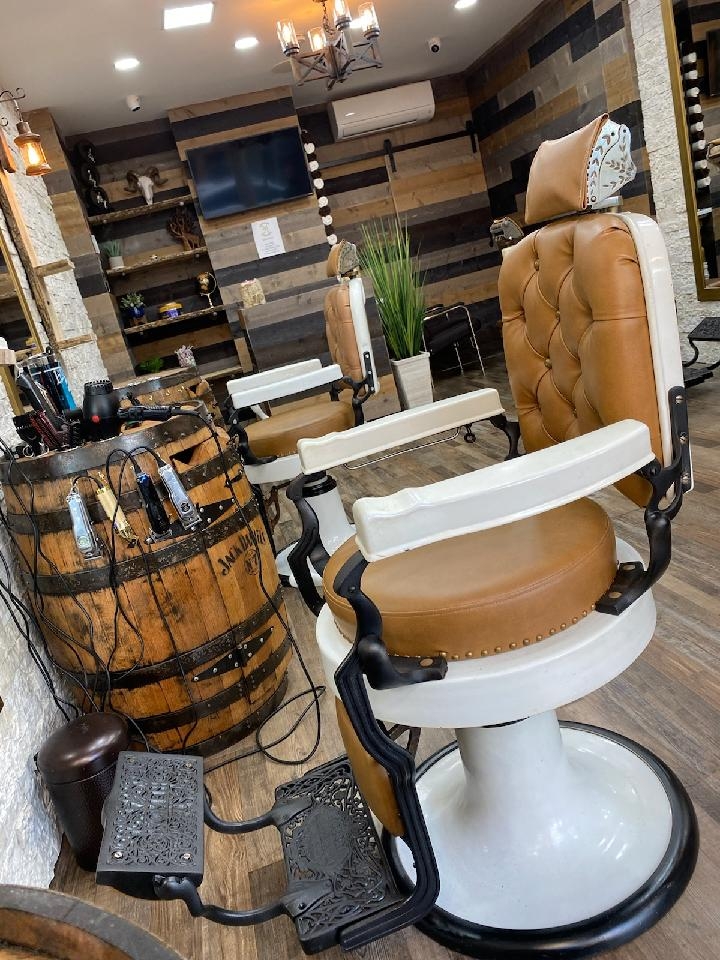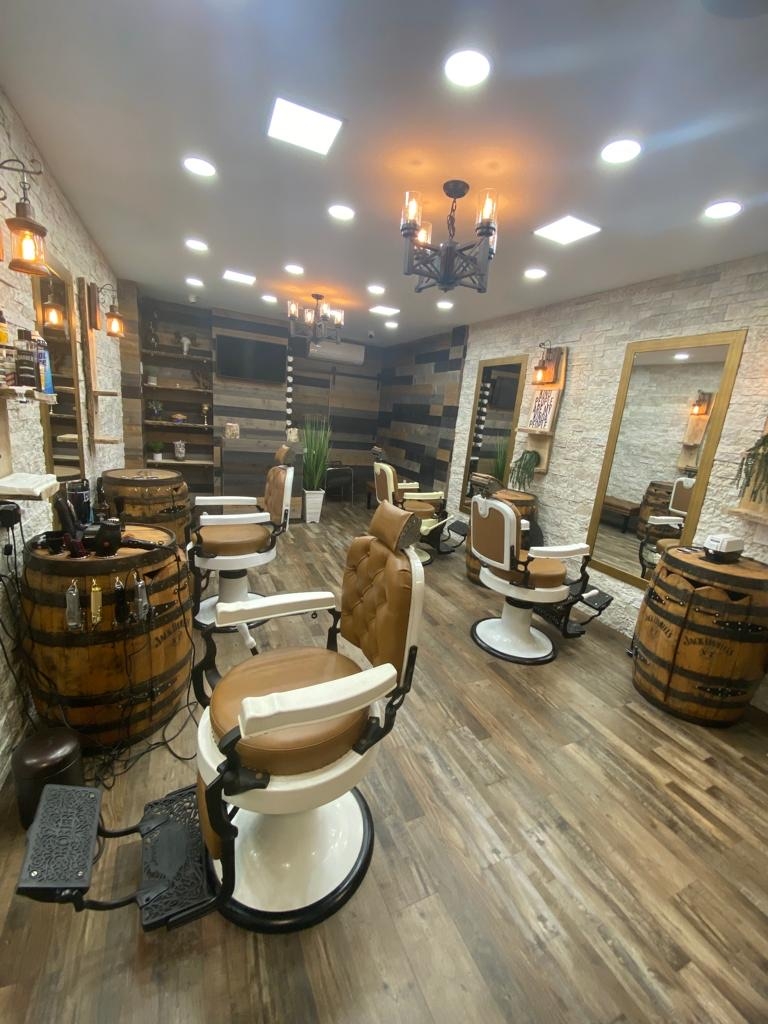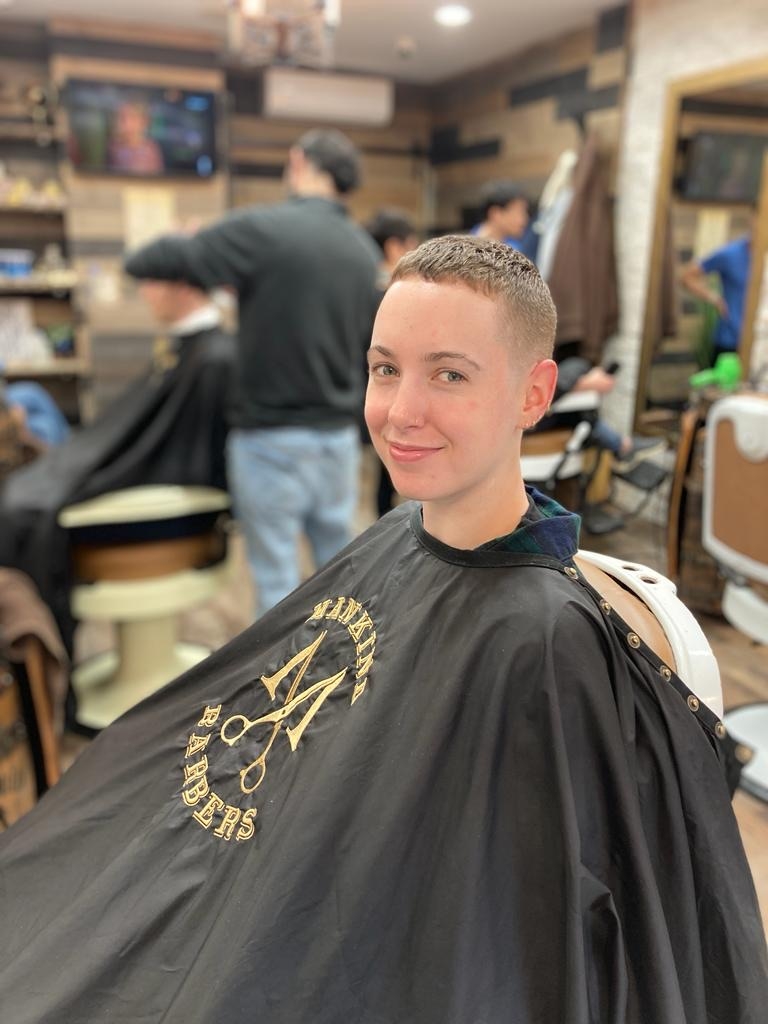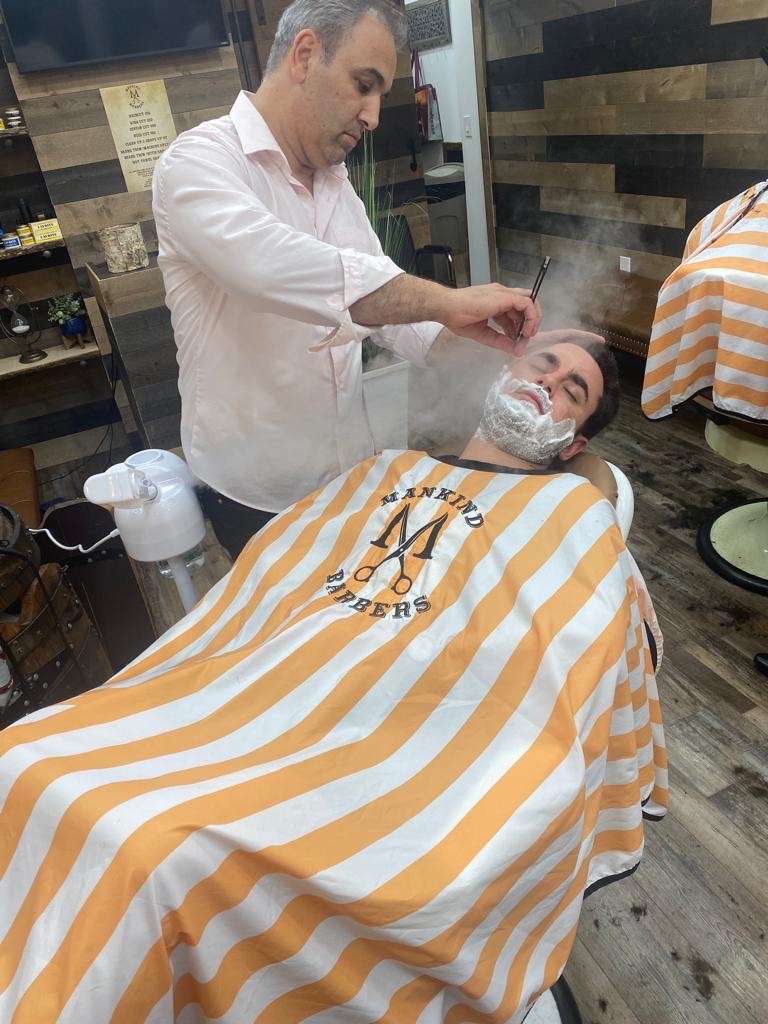Angle of Blade Approach
What is the significance of the angle of blade approach in cutting materials?
The angle of blade approach plays a crucial role in cutting materials as it determines how the blade interacts with the surface being cut. A proper angle ensures that the blade makes efficient contact with the material, reducing resistance and producing clean cuts. The angle of blade approach affects the force required to cut through the material and influences the quality of the cut surface.



